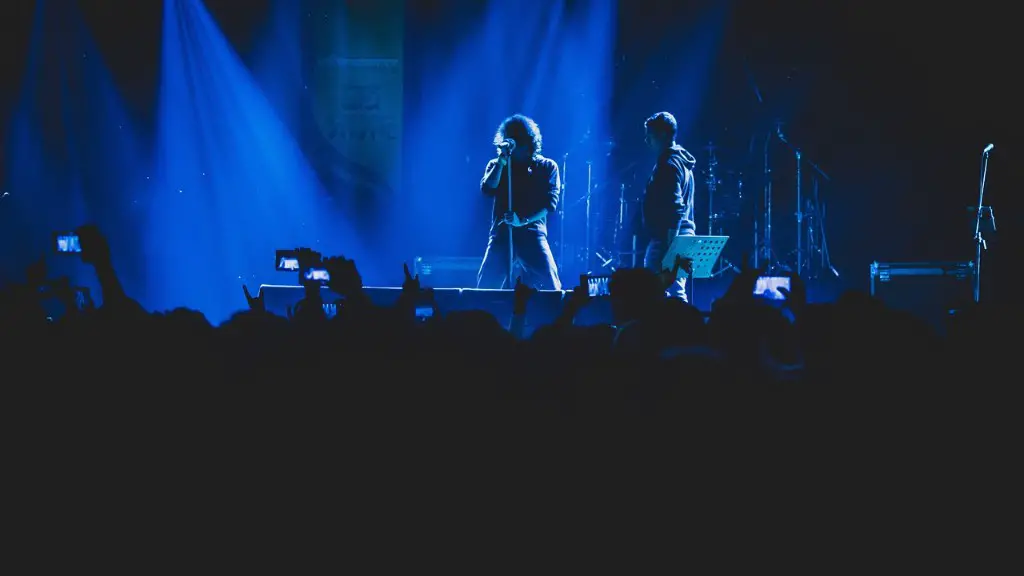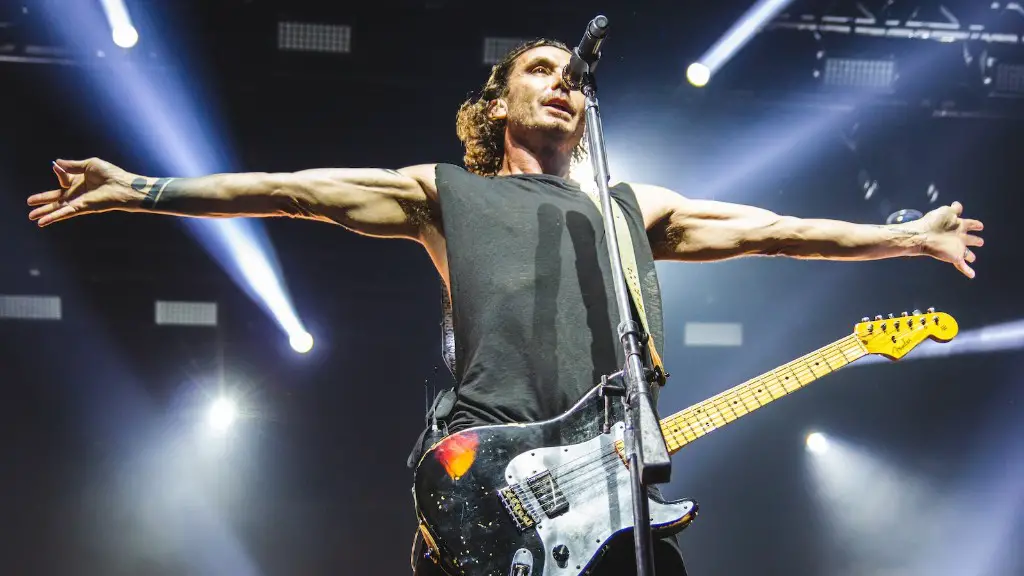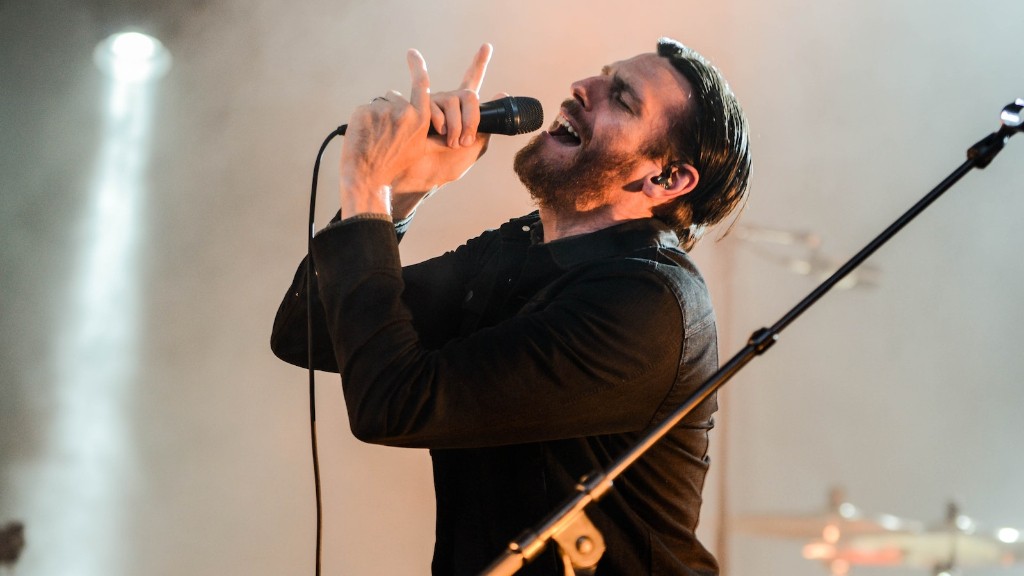Learning how to draw a person protesting can be a difficult task, but it’s one of the most important skills to have as a visual artist. Whether you want to capture the mood of a current event or just create a powerful and heartfelt illustration, getting it right is key. Here, we’ll give you some advice on how to draw a protester that’s both realistic and powerful.
Start With an Image of a Person
The first thing to do when drawing a person protesting is to have a clear image in your mind of the person. Whether you draw directly from a photograph or memory, it is important to start by getting the proportions and features correct. Think about the person’s age, gender, skin tone, hairstyle and clothing. Pay attention to details like stance, facial expression and gestures.
Choose the Right Pose
Once you have a clear idea of the person you wish to draw, the next step is choosing their pose. Choose a pose that best captures their emotions and conveys the message you want to communicate. For example, a person who is angry and frustrated might be drawn pointing their finger or holding a sign, while someone who is taking a stand and refusing to back down might be drawn with arms crossed and chin raised.
Draw Props That Symbolize a Protest
Your drawing won’t be complete without the props that are traditionally associated with protests. Think about what the person is using to make a statement. Is it a sign? Is it a megaphone? Is it a placard? It might also be worth considering what the message they are communicating is. Drawing detailed props that are relevant to the protest can make your drawing feel more powerful and realistic.
Include the Surroundings
When drawing a person protesting, don’t forget to add in the environment around them. If the person is protesting in a park, draw trees and benches. If they are in front of a building, add details such as steps, fences or anything else that would help to bring the image alive. If the person is on their own, you can make the scene feel more powerful by using dark and gritty colors.
Bring Your Protesting Person to Life
Once you have all the elements in place, it’s time to give your person a personality. Depending on the message you’re trying to communicate, use subtle facial expressions, body language and gestures to emphasize the emotions they are feeling. Sketching in details like clenched fists, furrowed brows or flailing gestures can help to add an air of urgency to your artwork.
Expand Details With Color and Shading
Once you have the drawing complete, you can enhance the mood with color and shading. Dark and muted tones are often used to symbolize intensity and anger, while bright and vibrant colors can be a sign of hope and optimism. By using the right combination of colors and shadows, you can make your protesting person come alive.
Conclusion
Drawing a person protesting can be a difficult task, but with some practice and patience, you can create powerful and realistic illustrations. Start by getting the proportions and features correct. Then choose a pose that best expresses the person’s emotions. Add props that symbolize the protest and don’t forget to include the environment around them. Finally, bring the person to life with facial expressions, body language and gestures. After adding in color and shading, you’ll have a life-like image of a person protesting that conveys the message you want to communicate.


